|
BP13639
|
3α-Hydroxymogrol
|
|
|
|
|
3α-Hydroxymogrol is a triterpenoid isolated from Siraitia grosvenorii Swingle. It is a potent AMPK activator and enhances AMPK phosphorylation.
|
|
BP13638
|
3-TYP
|
|
|
|
|
3-TYP is a selective SIRT3 inhibitor.
|
|
BP13620
|
AKBA
|
|
|
|
|
3-O-Acetyl-11-keto-beta-boswellic acid inhibits 5-lipoxygenase product formation with an IC(5) of 5 m muM.
|
|
BP13637
|
3-methyl-1,2-dihydroquinolin-2-one
|
|
|
|
|
3-methyl-1,2-dihydroquinolin-2-one is the first known micromolar inhibitors of the ATAD2 bromodomain.
|
|
BP13636
|
3-Methoxybenzamide
|
|
|
|
|
3-Methoxybenzamide is a competitive inhibitor of poly(ADP-ribose) synthetase.
|
|
BP13635
|
RGX-202
|
|
|
|
|
3-Guanidinopropionic acid is a creatine analog that alters skeletal muscle energy expenditure. It reduces cellular ATP, creatine, and phosphocreatine levels and stimulates AMP-activated protein kinase (AMPK), activating PPARγ coactivator 1α (PGC-1α).
|
|
BP13634
|
3-deazaneplanocin A HCl
|
|
|
|
|
3-deazaneplanocin A HCl is both an S-adenosyl-l-homocysteine hydrolase inhibitor and an enhancer of zeste homolog 2(EZH2) inhibitor.
|
|
BP13633
|
3-Deazaneplanocin A
|
|
|
|
|
3-Deazaneplanocin A (DZNep) is an attractive epigenetic anticancer agent through the inhibition of the cellular enhancer of zeste homolog 2 (EZH2) protein.
|
|
BP13632
|
3',6-Disinapoylsucrose
|
|
|
|
|
3, 6'-Disinapoyl sucrose shows the neuroprotective effect and antidepressive activity in rats.
|
|
BP13631
|
2-hexyl-4-Pentynoic Acid
|
|
|
|
|
2-hexyl-4-Pentynoic Acid, a valproic acid (VPA) derivatives, is a potent and robust HDACs inhibitor with IC50 value of 13 μM.
|
|
BP13630
|
5-Fluoro-2'-deoxycytidine
|
|
|
|
|
2'-DEOXY-5-FLUOROCYTIDINE is an inhibitor of DNA methyltransferase (DNMT).
|
|
BP13629
|
20-Deoxyingenol 3-angelate
|
|
|
|
|
20-Deoxyingenol 3-angelate and ingenol 20-acetate 3-angelate are known as promoters of tumors of mouse skin. 20-Deoxyingenol 3-angelate can induce significant platelet aggregation accompanied by induction of phosphorylation of PKC substrates in platelets, it is a protein kinase C (PKC) activator.
|
|
BP13628
|
lutidinic acid
|
|
|
|
|
2, 4-Pyridinedicarboxylic acid is an in vitro and in cell inhibitor, as well as a known inhibitor of the histone lysine demethylases.
|
|
BP13627
|
1-phenoxazin-10-ylethanone
|
|
|
|
|
1-phenoxazin-10-ylethanone is a Pim-2 inhibitor. 1-phenoxazin-10-ylethanone induces apoptosis and autophagic cell death in triple-negative human breast cancer.
|
|
BP13626
|
1-Naphthohydroxamic acid
|
|
|
|
|
1-Naphthohydroxamic acid (Compound 2) is a potent and selective HDAC8 inhibitor with an IC50 of 14 μM, and it is more selectively for HDAC8 than class I HDAC1 and class II HDAC6 (IC50 >100 μM). 1-Naphthohydroxamic acid does not increase global histone H4 acetylation and also does not reduce total intracellular HDAC activity, But it can induce tubulin acetylation.
|
|
BP13625
|
Nudifloramide
|
|
|
|
|
1-Methyl-6-oxo-1,6-dihydropyridine-3-carboxamide is one of the end degradation products of nicotinamide-adenine dinucleotide (NAD).
|
|
BP13617
|
1,5-Isoquinolinediol
|
|
|
|
|
1,5-Isoquinolinediol is an inhibitor of poly(ADP-ribose) synthetase (PARP1; IC50: 0.39 μM). The poly(ADP-ribose) polymerases (PARPs) form a family of enzymes with roles in DNA repair and apoptosis. 1,5-Isoquinolinediol has been used to study the role of PARP1 in both DNA repair and oxidant stress-induced cell death. This compound can be used with cells in culture and in animals.
|
|
BP13619
|
1,4-DPCA
|
|
|
|
|
1,4-DPCA is an inhibitor of prolyl-hydroxylase with an IC50 of 2.4 µM for collagen hydroxylation in human foreskin fibroblasts and 60 μM for factor inhibiting HIF (FIH).
|
|
BP13618
|
1,2-Dipalmitoyl-sn-glycerol
|
|
|
|
|
1,2-Dipalmitoyl-sn-glycerol is an analog of the PKC-activating second messenger diacylglycerol (DAG). It weakly activates PKC.
|
|
BP13616
|
[Ala113]-MBP (104-118) acetate
|
|
|
|
|
[Ala113]MBP(104-118) acetate is an noncompetitive peptide inhibitors of protein kinase C (PKC), with IC50s ranging from 28-62 μM.
|
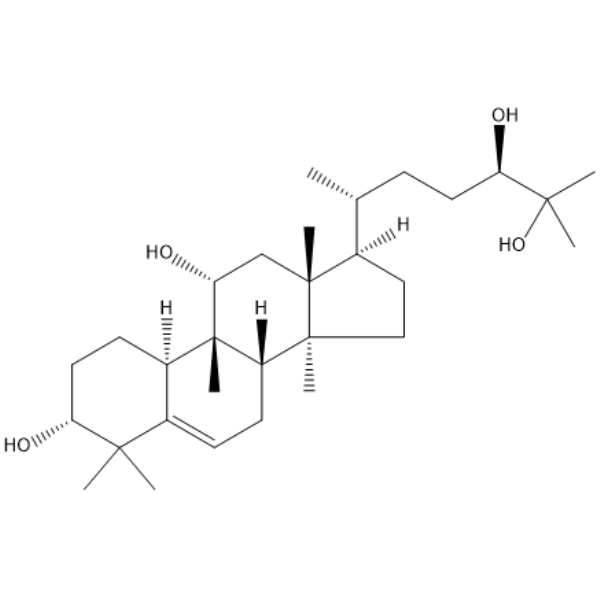

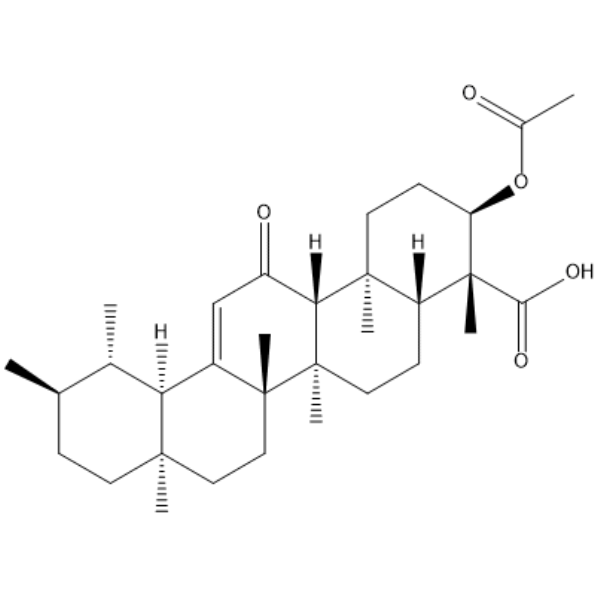

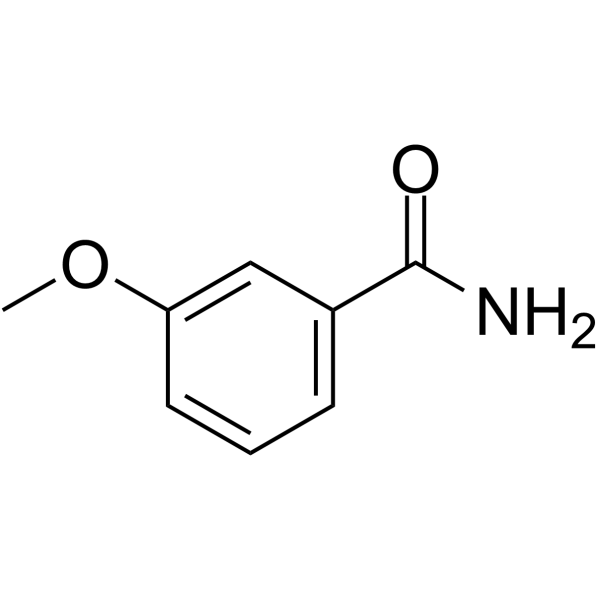


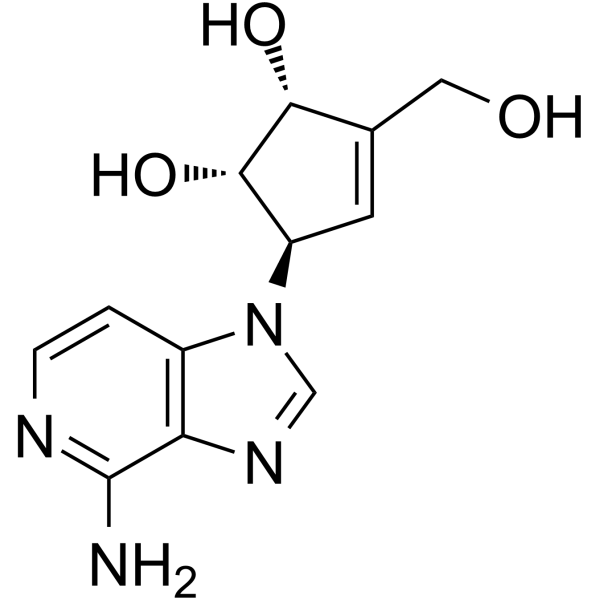






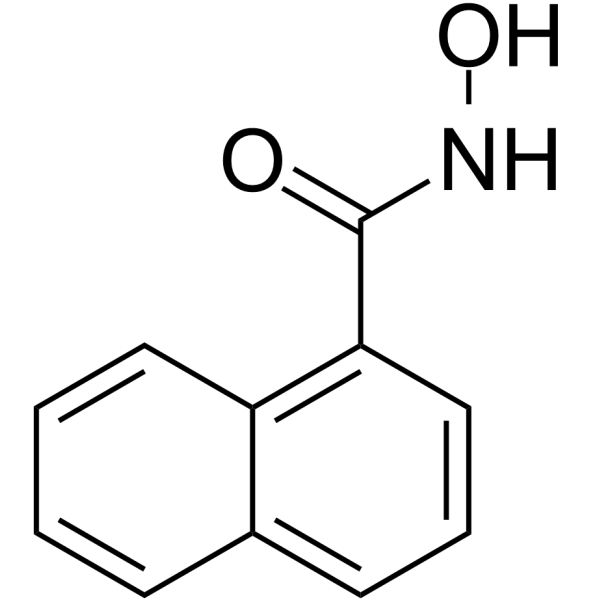
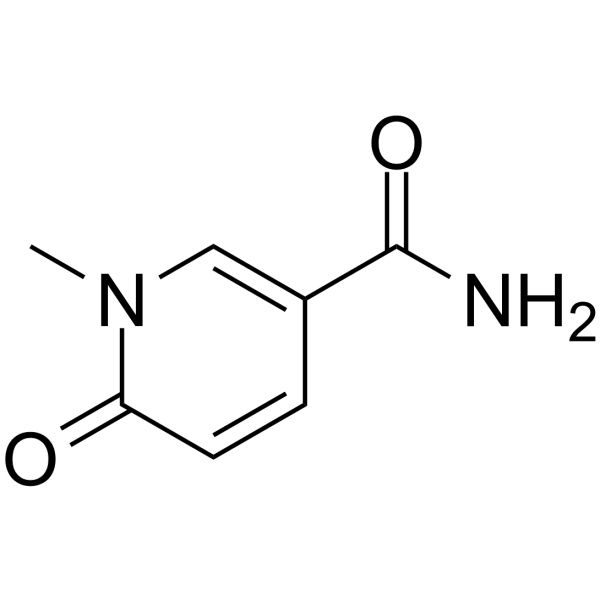
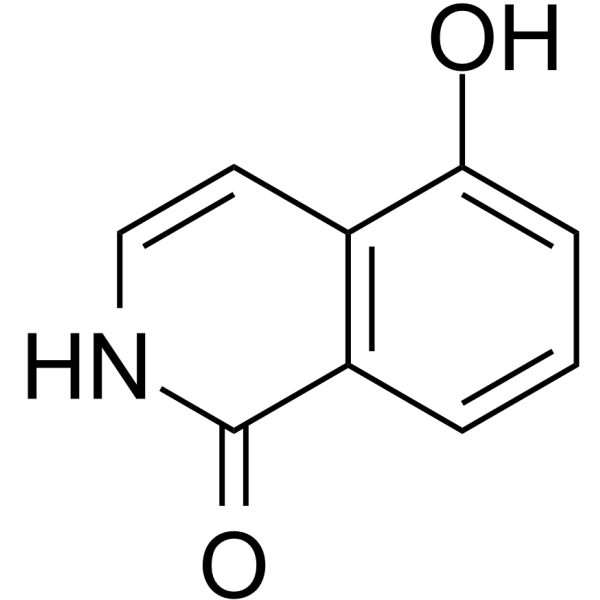
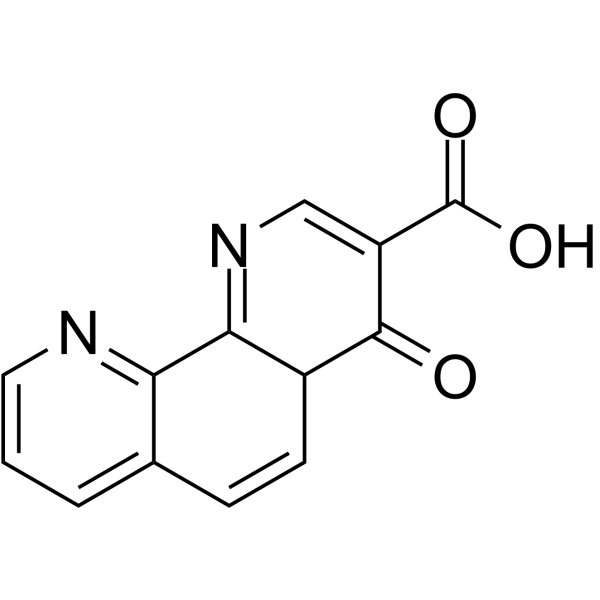
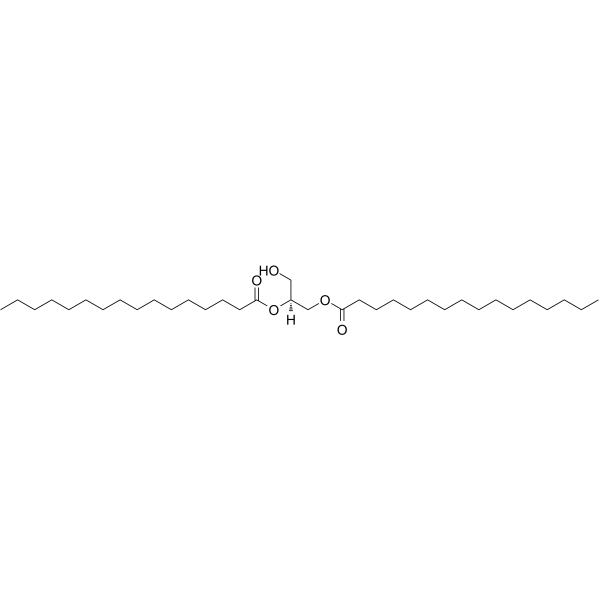
 acetate.gif)
